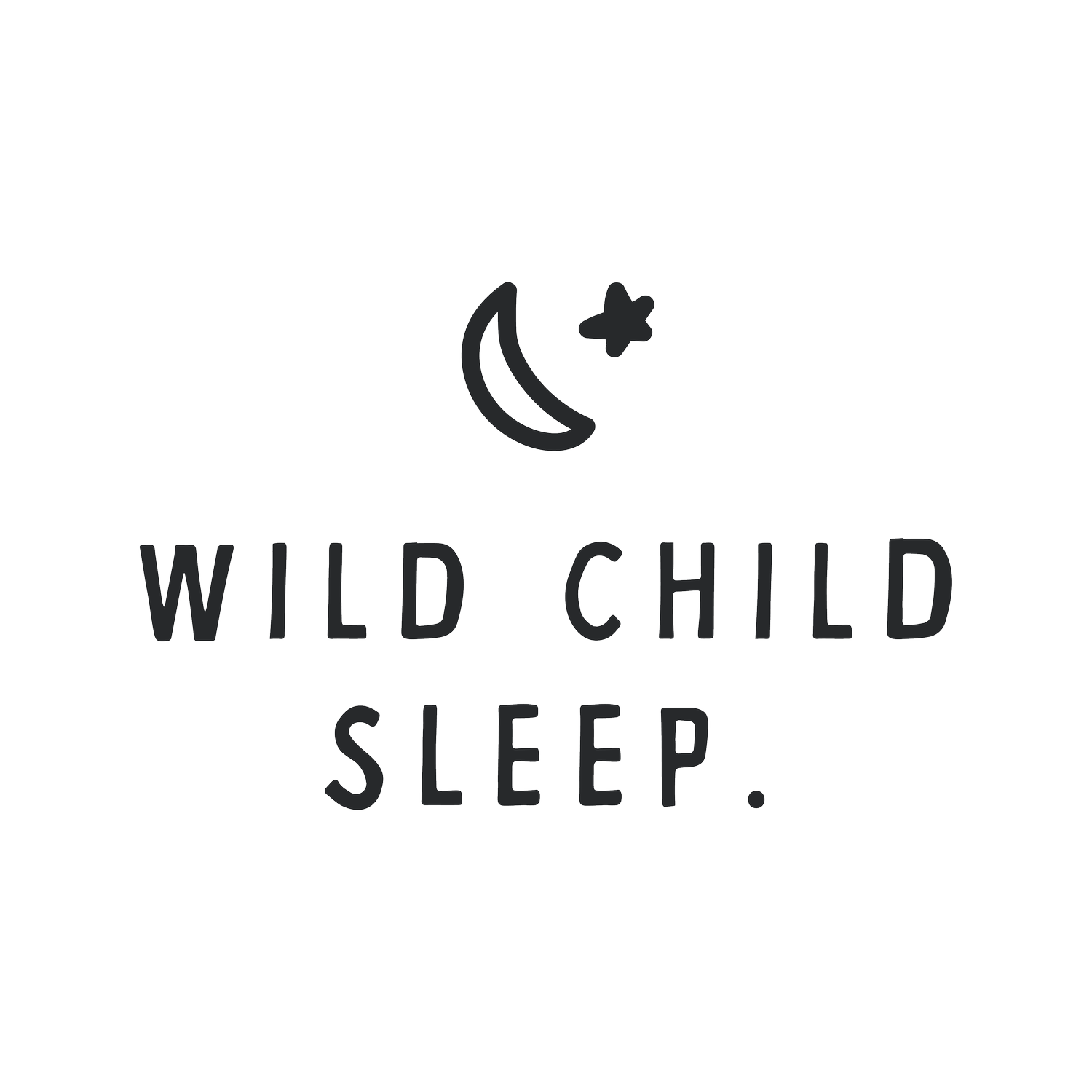The Art of Sleep: Building Sleep Hygiene
Let’s start with the basics, or as some like to call it The Art of Sleep. Before making any big changes to your baby’s sleep, get to know your baby and optimize their environment. Once you’ve mastered the art of sleep you just might find that you don’t need to make any changes.
The Art of Timing
Knowing your baby’s tired cues is essential. Regularly allowing baby to become overtired or trying for a nap too early can lead to a stressed out baby and caregiver. You can find a list of tired cues here.
Humans build up sleep pressure throughout the day. Sleep pressure is our body’s way of telling our brain that it is time for sleep. Sleep inducing hormones like melatonin accumulate, like a pressure tank, until we are ready for sleep[1]. When we sleep, pressure is let out of the tank, or sleep pressure is reduced. Babies’ pressure tanks are much smaller than adults, which is why babies need naps. Too little sleep pressure can result in a fussy baby who appears to “fight” sleep… when in reality, that baby simply isn’t tired. Too much sleep pressure can result in increased cortisol, a stress hormone, which makes it hard to fall asleep.
To find the Goldilocks time for a nap or bedtime, observe your baby's tired cues. When you notice the early cues, begin their nap routine (don’t worry if you don’t have one yet, we’ll get there!). Then, provide your normal sleep associations. Nurse, rock, sing, whatever works for you and your baby. If baby falls asleep in 15-20 minutes, congratulations! Now, write down those tired cues on a sticky note and place it somewhere you will see it. Ideally, babies (and adults for that matter) will fall asleep within 15-20 minutes after starting a soothing strategy (or turning the lights out for adults at bedtime)[2]. If baby is fighting sleep, they’re probably not tired just yet. Play in the sleep space for 10-15 minutes then try again.
Some babies fall into a predictable nap and bedtime schedule after 6-8 months. Others never do. Give yourself grace and let go of the expectation of a predictable schedule. Watch your baby and learn their cues.
The Art of Soothing
Providing a few sleep associations, or soothing strategies, for each sleep tends to be effective for most babies. Ideally, provide different associations that address different sensory needs. For example, you can both sing and nurse your baby to sleep, which includes sound, touch, and taste!
The Art of Environment
Now that you have a list of your baby’s tired cues and a reliable strategy to soothe them to sleep, let’s set you and baby up for a successful daily sleep-wake rhythm. You’ll do this by providing plenty of natural light and darkness, appropriate daily stimulation, and investigating which pajamas your baby prefers. That’s right. Even babies have clothing material, cut, and temperature preferences. Your baby's temperament will likely play a role in their sensitivity to their environment.
Sleep is affected by many factors. A huge factor in the regulation of sleep cycles is natural light and darkness. Light goes into the back of the eye, the retina, and sends signals to other parts of the brain to inhibit the production of melatonin, the sleep hormone. The absence of light sends signals to the same parts of the brain to release melatonin[3].
Spending 15 minutes outdoors in the morning and spending time outdoors at different times of day or night can help bodies find their natural sleep-wake rhythm.
Exposure to natural light could mean keeping all of the curtains and blinds open all day. Even during naps. Natural darkness could mean that as bedtime approaches, you begin to lower the lighting in the house. Limit screen use at least an hour, if not two hours, before bedtime. When night wakes happen, continue to keep the lighting low. Use a tap light, Hatch, or dim nightlight.
Other factors to consider are clothing and temperature. Clothing made from 100% cotton is ideal for sleep. Pay attention to what your baby finds comfortable or uncomfortable. Some babies love footie pajamas, others can't stand them. Some love socks, most do not. The ideal temperature is between 68-70 degrees Fahrenheit. If your home is cooler than that you can add layers, like a sleep sack, to keep baby warm. To check if baby is at a comfortable temperature you can keep the back of their neck. It shouldn’t feel too warm or cool. If it is, you’ll know if you need to add or take away layers.
For many babies, a calm and pleasant sleep environment involves being in contact with their caregiver.
The Art of Stimulation
Babies five months and older become more and more mobile and aware of the world each day. As this happens they are ready for more stimulation. Providing the appropriate amount and type of stimulation can be effective at improving sleep. Water play and outdoor time are typically the two best options.

